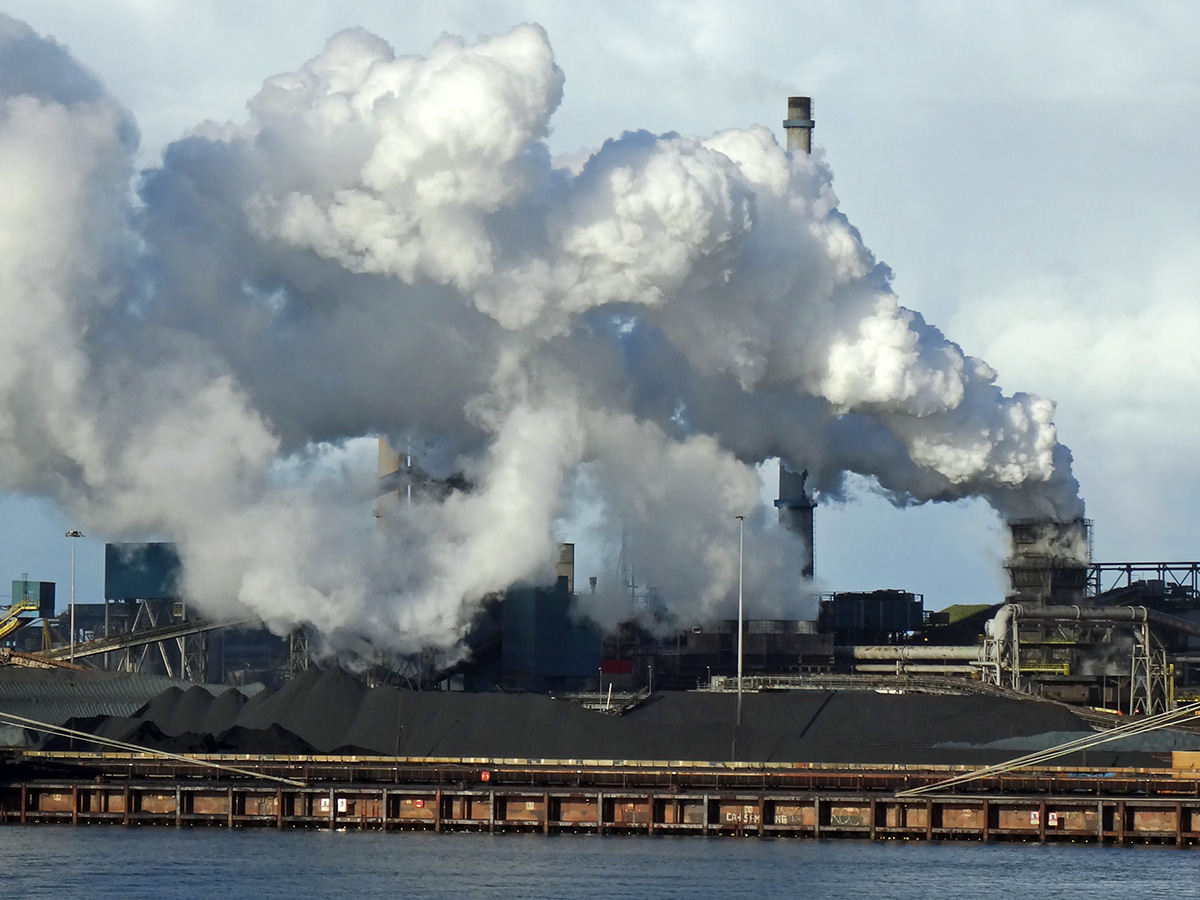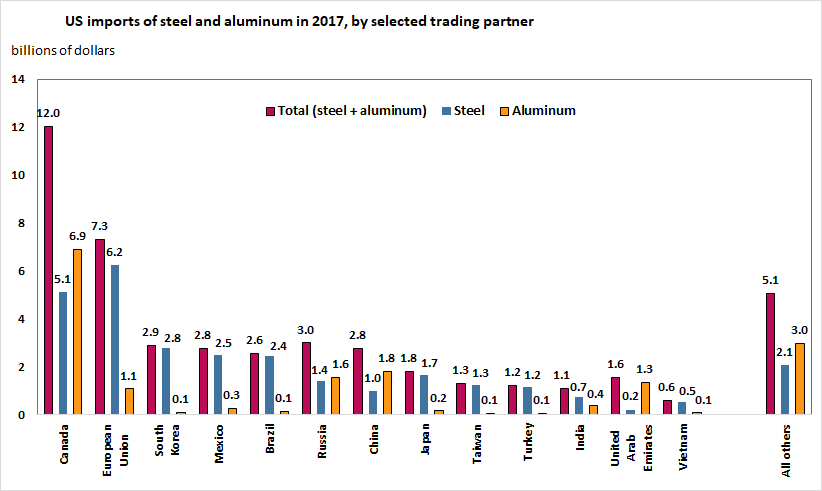Heart of Steel: the economics of trade wars
 The President of the United States, Donald Trump, announced recently that he will be pushing ahead with plans to impose a 25% tariff on imports of steel and a 10% tariff on aluminium. This announcement has raised concerns among the USA’s largest trading partners – including the EU, Canada and Mexico, which, according to recent calculations, expect to lose more than $5 billion in steel exports and over $1 billion in aluminium exports.
The President of the United States, Donald Trump, announced recently that he will be pushing ahead with plans to impose a 25% tariff on imports of steel and a 10% tariff on aluminium. This announcement has raised concerns among the USA’s largest trading partners – including the EU, Canada and Mexico, which, according to recent calculations, expect to lose more than $5 billion in steel exports and over $1 billion in aluminium exports.

A number of economists and policymakers are worried that such policies restrict trade and are likely to provoke retaliation by the affected trade partners. In recent statements, the EU has pledged to take counter-measures if the bloc is affected by these policies. In a recent press conference, the Commissioner for Trade, Cecilia Malmstrom, stated that:
We have made it clear that a move that hurts the EU and puts thousands of European jobs in jeopardy will be met with a firm and proportionate response.
She added that, ‘I truly hope that this will not happen. A trade war has no winners.’
 Why is everyone so worried about trade wars then? Trade wars, by definition, result in trade diversion which can hurt employment, wealth creation and overall economic performance in the affected countries. As affected states are almost certain to retaliate, these losses are likely to be felt by all parties that are involved in a trade war – including the one that instigated it. This results in a net welfare loss, the size of which depends on a number of factors, including the relative size of the countries that take part in the trade war, the importance of the affected industries to the local economy and others.
Why is everyone so worried about trade wars then? Trade wars, by definition, result in trade diversion which can hurt employment, wealth creation and overall economic performance in the affected countries. As affected states are almost certain to retaliate, these losses are likely to be felt by all parties that are involved in a trade war – including the one that instigated it. This results in a net welfare loss, the size of which depends on a number of factors, including the relative size of the countries that take part in the trade war, the importance of the affected industries to the local economy and others.
A number of studies have attempted to estimate the effect of trade restrictions and tariff wars on welfare: see for instance Anderson and Wincoop (2001), Syropoulos (2002), Fellbermayr et al. (2013). The results vary widely, depending on the case. However, there seems to be consensus that the more similar (in terms of size and industry composition) the adversaries are, the more mutually damaging a trade war is likely to be (and, therefore, less likely to happen).
As Miyagiwa et al (2016, p43) explain:
A country initiates contingent protection policy against a trading partner only if the latter has a considerably smaller domestic market than its own, while avoiding confrontation with a country having a substantially larger domestic market than its own.
As both Canada and the EU are very large advanced market economies, it remains to be seen how much risk (and potential damage to the local and global economy) US trade policymakers are willing to take.
Articles and Academic Papers
- The war over steel: Trump tips global trade into new turmoil
The Observer, Phillip Inman (10/3/18) - European Commission outlines EU plan to counter US trade restrictions on steel and aluminium
EC Press Release (7/3/18) - Trump’s Steel and Aluminum Tariffs: How WTO Retaliation Typically Works
The Peterson Institute for International Economics, Chad P. Bown (5/2/18) - Size matters! Who is bashing whom in trade war?
International Review of Economics & Finance, Volume 45, Kaz Miyagiwa, Huasheng Song and Hylke Vandenbussche (September 2016) - Borders, Trade and Welfare
NBER Working Paper Series, James E. Anderson and Eric van Wincoop (October 2001) - Optimal tariffs, retaliation, and the welfare loss from tariff wars in the Melitz model
Journal of International Economics, Volume 89, Issue 1, Gabriel Felbermayr, Benjamin Jung and Mario Larch (January 2013) - Optimum Tariffs and Retaliation Revisited: How Country Size Matters
The Review of Economic Studies, Volume 69, Issue 3, Constantinos Syropoulos (July 2002)
Questions
- Explain how trade diversion works and why it relates to economic prosperity.
- What are the key advantages of international trade?
- What are the key disadvantages of international trade?